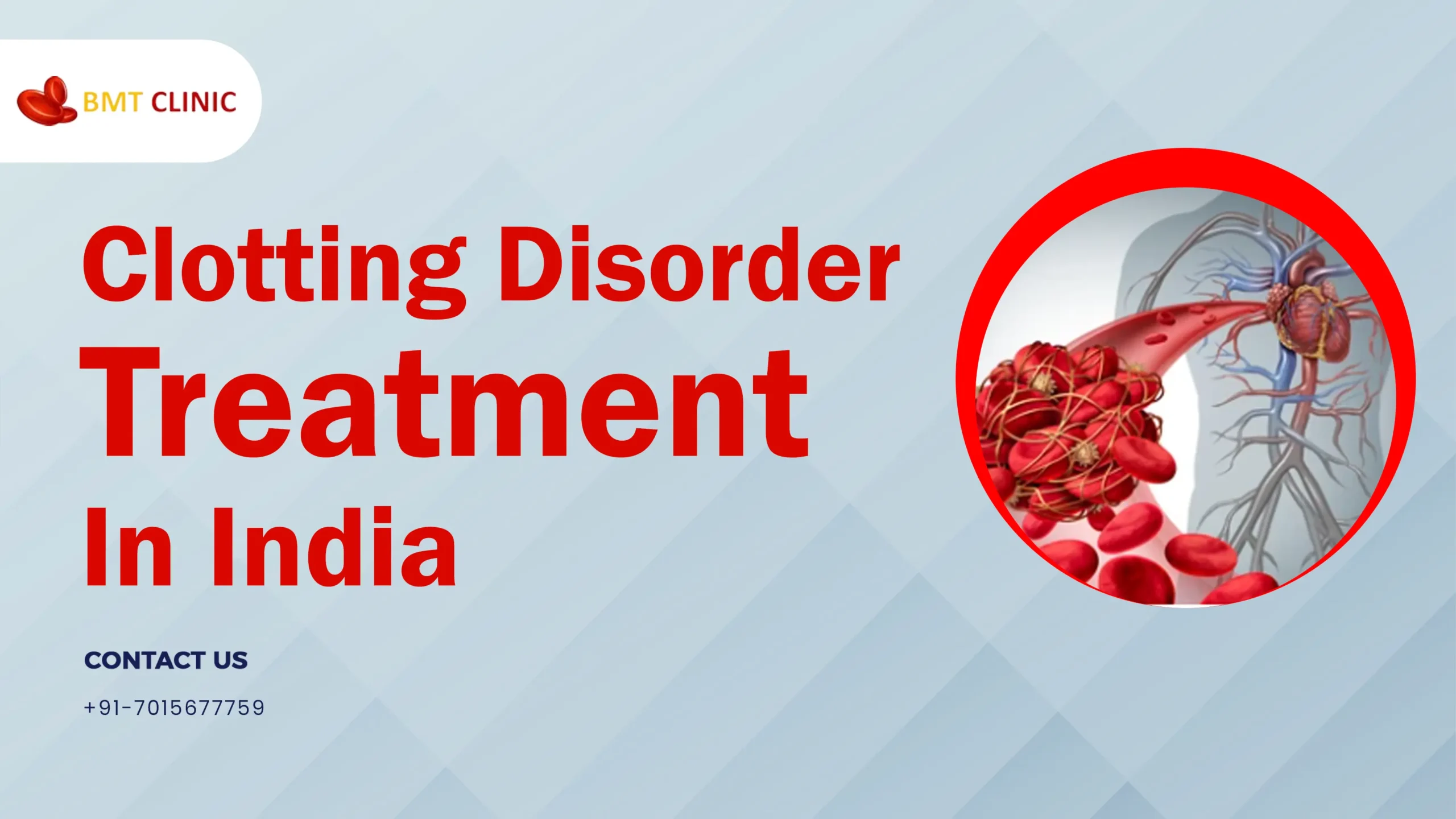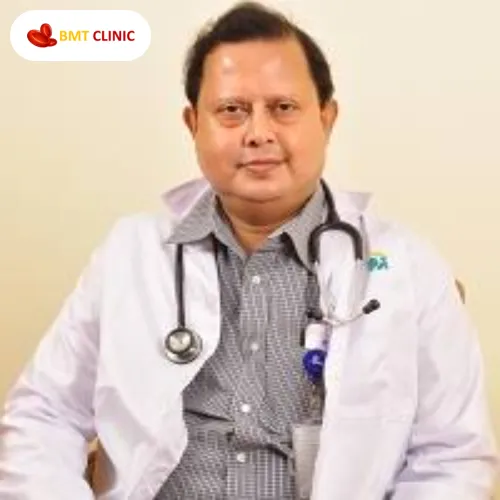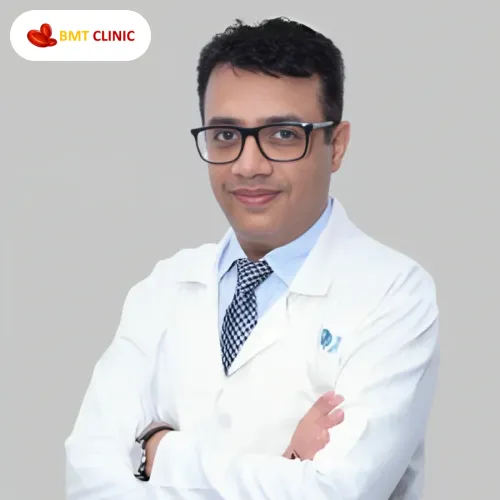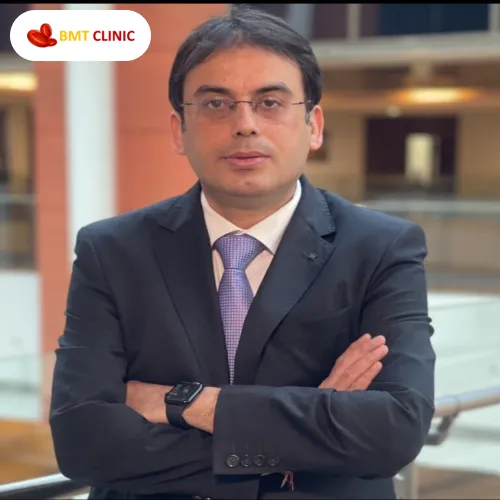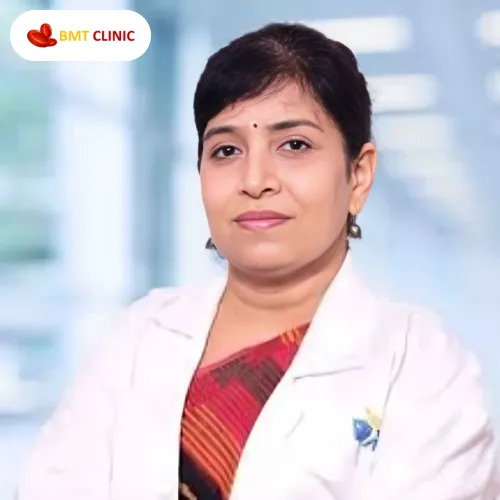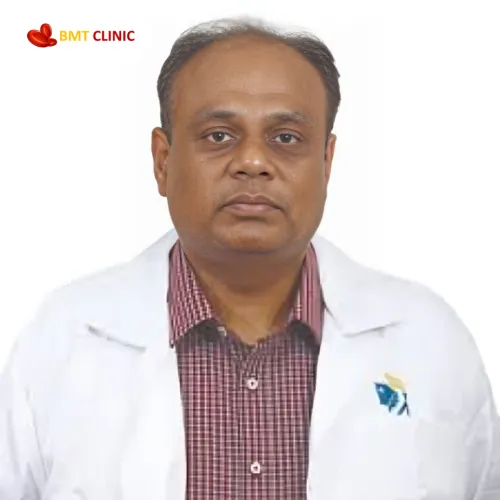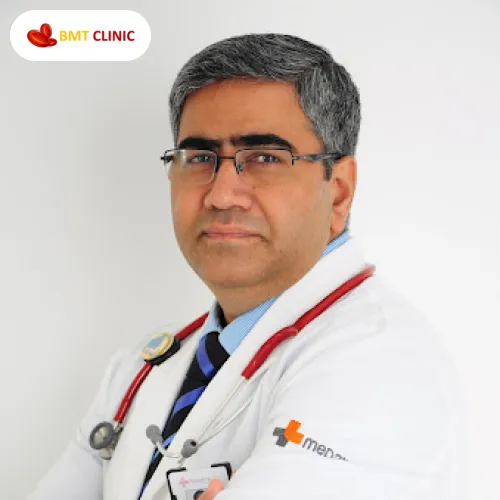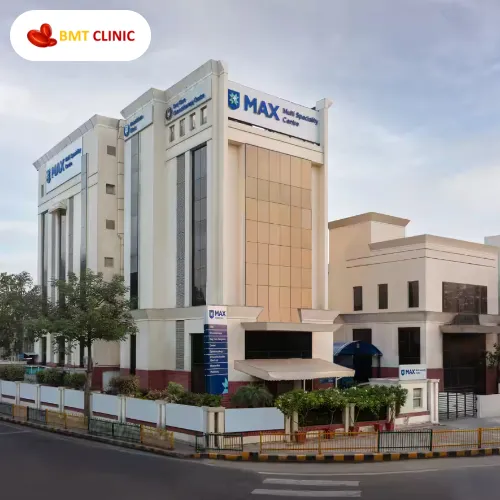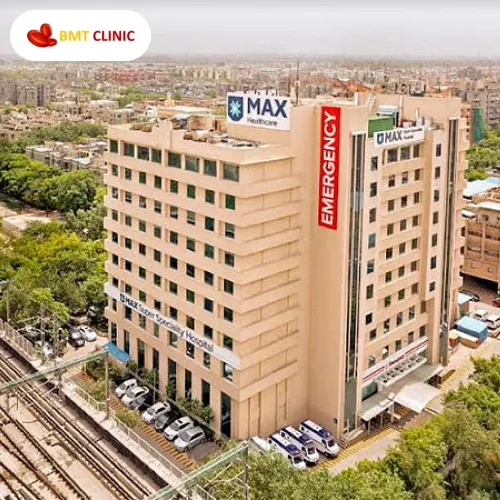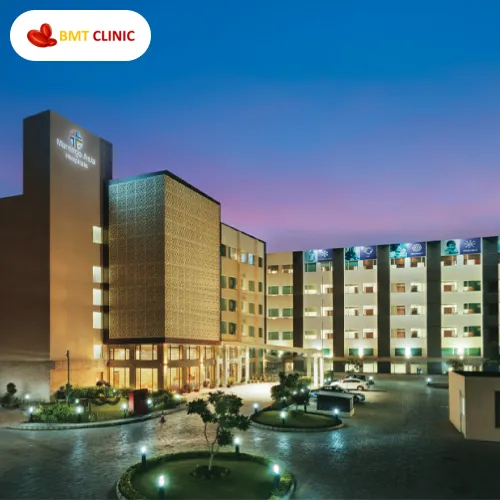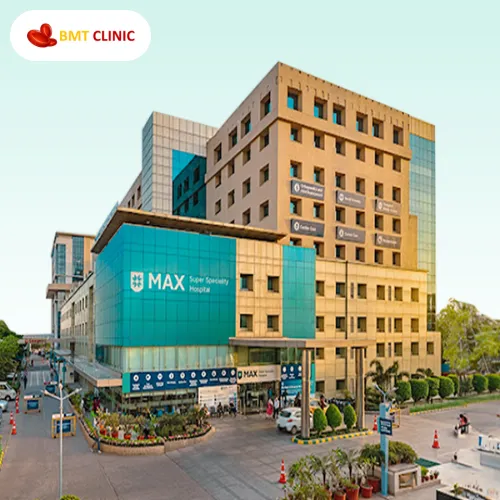An Overview of Clotting Disorder
Disorders related to blood coagulation involve issues with the body’s capacity to regulate blood clotting. Blood clots typically form after an injury to stop the bleeding. If you have a clotting issue, your blood may clot even in the absence of an injury or it may not clot at all, which can result in excessive bleeding.
Thrombophilias and coagulation disorders are other names for blood clotting problems. They can be acquired, which means the problem develops as a result of an earlier sickness or injury, or inherited, which means the ailment is present from birth. Examples of acquired blood clotting disorders are disseminated intravascular coagulation (DIC) and antiphospholipid syndrome (APS).
Numerous health issues can arise from clotting. The location of blood clots in the body determines their symptoms. They usually originate in the veins and manifest in the lungs or legs. Deep vein thrombosis (DVT) can result from blood clots in the lower limbs. Pulmonary embolisms (PE) can result from blood clots in the lungs. Blood clots in the arteries are uncommon. When they do, a heart attack or stroke may result.
Your doctor will inquire about your family history and medical records if you suspect that you may have a blood clotting condition. To be positive about the diagnosis, they might additionally do testing. You could require medication if you have a clotting condition to prevent blood clotting. Additionally, your doctor could discuss how to maintain your health and avoid blood clots.
Diagnosis of Clotting Disorders
For diagnosis, a physical examination will be conducted first and also, and your doctor will review your symptoms and medical history. Certain tests will be performed such as
- Complete blood count.
- Platelet aggregation test.
- Bleeding time test.
- Prothrombin time (PT)
- Activated partial thromboplastin time (aPTT)
- Fibrinogen test.
Treatment For Clotting Disorders
The nature and severity of the bleeding disease determine the treatment plan. Since there is no full cure for blood clotting problems, treatment focuses on symptom relief.
- Transfusion: Blood transfusions are used to replace lost blood in cases where coagulation disorders have resulted in significant blood loss. Transfusions of fresh frozen plasma are used to treat patients who are deficient in factors V or VIII.
- Clotting difficulties caused by clotting factor deficiency are treated with injections of clotting factor concentrates using factor replacement therapy.
- Iron supplementation: Patients with severe blood loss-related iron insufficiency are treated with iron supplements. Anemia and iron deficiency both result in fatigue, weakness, and dizziness.
- Vitamin K supplementation: Poor coagulation may result from a vitamin K deficiency. Because of this, your doctor will advise you to take vitamin K supplements to normalize the levels.
Treating your blood clotting condition on time can save your life. Should you notice any symptoms or indicators that point to a coagulation problem, get in quick contact with your doctor.
Clotting Treatment Cost in India
The average Clotting Treatment Cost in India starts from INR 3,70,000 (4500 USD). Patients can access to world-class medical services for clotting disorders at a fraction of the cost compared to many other nations such as Western and European countries. Renowned hospitals equipped with the most advanced facilities will offer you comprehensive treatment plans, encompassing diagnostics, medication, and specialized interventions. And, for individuals seeking high-quality care without sacrificing financial responsibility, India is a desirable travel destination due to its favorable exchange rates and affordable medical costs.
Factors That Can Affect Clotting Disorders Treatment Cost in India
Several factors can contribute to clotting disorders treatment cost in India:
- Hospital reputation and infrastructure.
- The expertise and experience of medical professionals.
- The type and frequency of diagnostic procedures.
- The choice of treatment modality.
- Medication costs.
- Duration of treatment.
- Geographical location.
- Hospitalization expenses.
- Government policies and subsidies.
- Medical tourism packages.
By being aware of these variables, patients and healthcare professionals may better navigate the terrain of clotting disorder treatment cost in India and make choices that are tailored to their requirements and preferences.
What Makes India a Good Option For Treating Clotting Disorders?
India is a strong choice for the treatment of clotting problems due to a number of elements. India, which is renowned for having first-rate medical facilities, has specialized clinics with highly skilled hematologists and cutting-edge diagnostic equipment. Cost-effectiveness is a primary draw for medical tourism to India, as the country offers top-notch healthcare at a significantly lower expense than many Western nations. In addition, the country’s warmth and diverse cultural heritage provide a welcoming atmosphere for individuals in need of comprehensive medical care. India is a great choice for anyone seeking effective and affordable treatment for clotting disorders because of its robust healthcare system, highly qualified medical personnel, and cost-benefits.
How Can BMT Clinic Help In Your Treatment Search?
BMT Clinic is an esteemed organization for patients seeking physicians, medical facilities, and specialized care. We’ll identify the best medical options for you. Our staff will provide you with a list of licensed, respectable, and trustworthy physicians and hospitals based on your medical issues. We also provide a treatment plan that is affordable for you. In addition, we help patients with a variety of other matters, such as obtaining medical visas and travel authorization.

